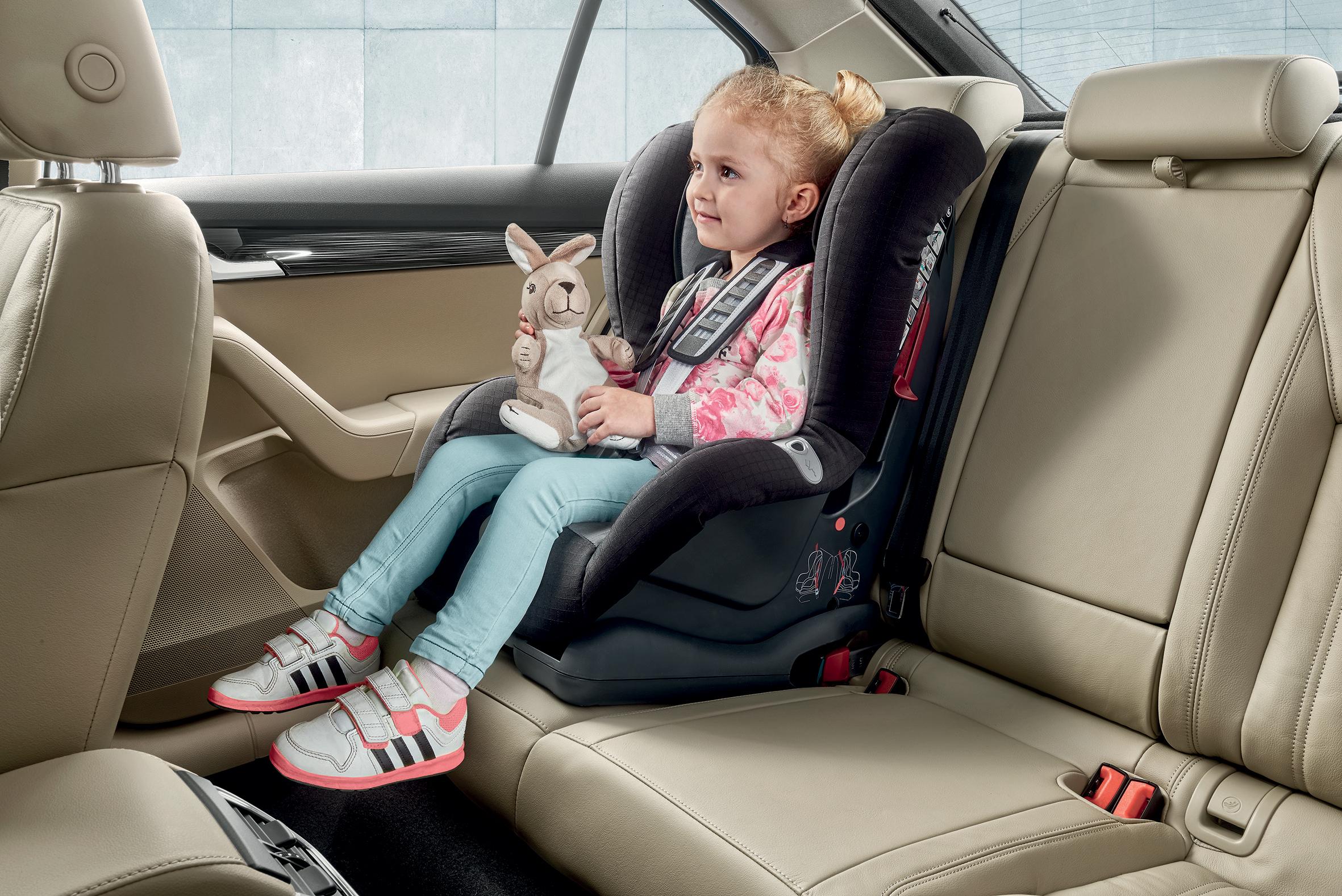Introduction
The child car safety seat market is heavily influenced by regulatory frameworks and safety standards set by various governments and international organizations. These regulations aim to ensure the safety of young passengers by mandating the use of child car seats and setting performance criteria for their design and functionality. This article explores the key regulatory frameworks and safety standards shaping the child car safety seat market globally.
Global Regulatory Frameworks
1. United States: NHTSA and FMVSS 213
In the United States, the National Highway Traffic Safety Administration (NHTSA) regulates child car seats under Federal Motor Vehicle Safety Standard (FMVSS) 213. Key requirements include:
-
Crash testing for frontal impact protection.
-
Strict labeling and instructions for proper use.
-
LATCH (Lower Anchors and Tethers for Children) system requirements to simplify installation.
2. European Union: ECE R44/04 and ECE R129 (i-Size)
Europe follows two main regulations:
-
ECE R44/04: Classifies car seats based on weight groups and mandates testing for frontal and rear impacts.
-
ECE R129 (i-Size): A newer standard emphasizing height-based classification, enhanced side-impact protection, and mandatory ISOFIX installation.
3. China: GB Standards
China enforces the GB27887-2011 standard, which aligns with international crash testing protocols but has unique local adaptations to fit regional car designs and consumer preferences.
4. Japan: JIS and UN R44/04 Standards
Japan follows the Japan Industrial Standards (JIS), alongside compliance with UN ECE R44/04 for internationally certified seats.
5. Australia & New Zealand: AS/NZS 1754
This standard is among the most stringent globally, requiring:
-
Rearward-facing seats for infants up to six months.
-
Extensive dynamic testing beyond international requirements.
Key Safety Standards and Requirements
1. Crash Testing and Impact Protection
Child car seats must pass rigorous crash tests simulating real-world accidents. Key impact tests include:
-
Frontal-impact tests to mimic head-on collisions.
-
Side-impact tests required under ECE R129.
-
Rollover protection tests in certain regions.
2. Seat Classification Based on Age, Weight, and Height
Regulatory bodies categorize child car seats based on a child’s growth stage:
-
Infant car seats (rear-facing, 0–2 years old).
-
Convertible car seats (rear-facing to forward-facing transition).
-
Booster seats (forward-facing for older children).
3. ISOFIX and LATCH Installation Standards
The ISOFIX system (Europe) and LATCH system (USA) simplify secure car seat installation, reducing the likelihood of user error.
4. Material and Fire Resistance Regulations
Car seats must meet fire resistance standards to prevent hazards. Most regulations, including FMVSS 302 (USA) and ECE R44/04 (Europe), set limits on flammability and toxic material use.
Challenges in Compliance and Global Standardization
1. Variation in Standards Across Regions
The lack of a universal child car seat regulation makes global distribution challenging. Manufacturers must undergo multiple certification processes to meet different country-specific requirements.
2. Counterfeit Products and Non-Compliance Issues
Many regions, particularly in developing markets, face the issue of counterfeit or non-certified car seats, which fail to meet safety regulations and pose significant risks.
3. Consumer Education and Proper Usage Compliance
Even with strict regulations, improper usage due to lack of consumer awareness remains a challenge. Governments and advocacy groups continue to promote awareness campaigns to encourage proper car seat use.
Future Trends in Regulatory Improvements
1. Harmonization of Global Safety Standards
Efforts are underway to unify safety regulations, particularly between the U.S. and Europe, to streamline product certification and enhance cross-border trade.
2. Inclusion of Smart Technology in Regulations
Regulators are exploring the adoption of smart technology standards, such as sensors for real-time installation feedback and automated safety alerts.
3. Stronger Enforcement in Emerging Markets
Countries with weaker enforcement of child car seat laws are expected to strengthen their policies, increasing market penetration in regions like Asia, Africa, and Latin America.
Conclusion
The regulatory framework and safety standards governing the child car safety seat market are critical in ensuring the protection of young passengers. While various global standards exist, efforts toward harmonization, stricter enforcement, and the integration of advanced technologies are expected to shape the future of the industry. As safety remains a top priority, manufacturers and policymakers will continue working together to enhance compliance and awareness worldwide.



